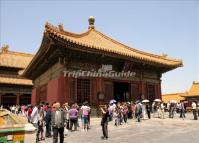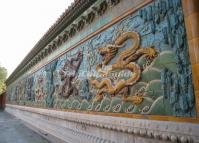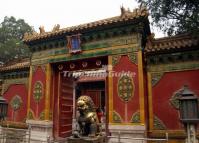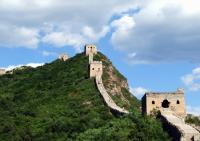Hall of Martial Valor (Wuying dian)
In the Ming dynasty (1368-1644), the Hall of Martial Valor was the place where emperors went on a fast and receive ministers. It is also one of the studios for the Ming dynasty court painters. In the late Ming dynasty, the peasant rebellion troop broke into the imperial palace and burnt down many of the buildings. Remaining intact, the Hall of Martial Valor was the place where Li Zicheng (1606-1645), the peasant unrest leader, ascended the throne as the emperor before he hurriedly fled from Beijing. After the Manchu Qing regime moved its capital to Beijing to rule across China, the hall became the office for Dorgon (1612-1650), one of the four regents, for handling state business.
In the early Qing dynasty, emperors also attended small-sized ceremonies here. From Kangxi reign (1662-1722) on, the Hall of Martial Valor became an imperial cultural center--a workshop for amending, compiling, and printing books with carved wooden blocks. Books printed here were marked with the authoritative "Hall edition".



















































































































